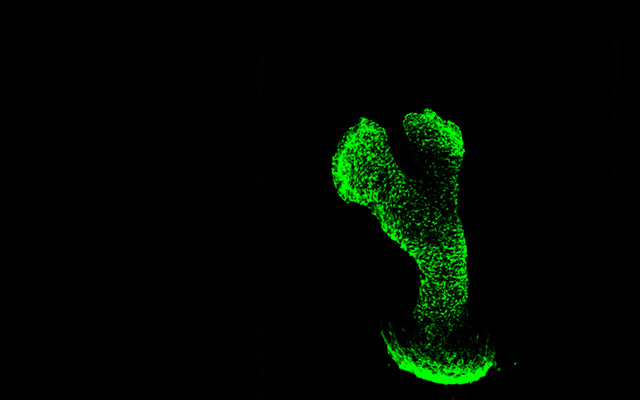The Effects of LncRNA MALAT1 on Proliferation and Invasion Abilities of Acute Monocytic Leukemia Cell SKM-1 by Targeting miR-92a
DENG Kai1, LUO Minna2*
This study investigated the effects of LncRNA MALAT1 (long chain non coding RNA metastasis associated lung adenocarcinoma transcript 1) on the proliferation and invasion of acute monocytic leukemia cells of AML (acute myeloid leukemia) subtype by targeting miR-92a (microRNA-92a). The levels of LncRNA MALAT1 and miR-92a in serum and AML cell lines were detected by qRT-PCR to screen for the optimal cells, and the targeting relationship between LncRNA MALAT1 and miR-92a was determined by dual-luciferase assay. Human acute myeloid leukemia SKM-1 cells were cultured in vitro and divided into Control group, sh-NC group, sh-MALAT1 group, sh-MALAT1+anti NC group, and sh-MALAT1+anti miR-92a group. The proliferation, migration, and invasion abilities of SKM-1 cells were detected by Edu staining and Transwell assay, and Western blot was used to detect the protein expressions of CDK1, MMP-2 and MMP-9. The results showed that the expression level of miR- 92a decreased in the serum and AML cell lines of AML patients, while the expression level of LncRNA MALAT1 increased (P<0.05). SKM-1 cells were selected for subsequent experiments. There was a targeting relationship between LncRNA MALAT1 and miR-92a, and in AML, LncRNA MALAT1 was able to negatively regulate miR-92a expression. Compared with the sh-NC group, the positive rate of Edu, number of migrating cells, and number of invasive cells in the sh-MALAT1 group decreased, while the expression levels of LncRNA MALAT1, CDK1, MMP-2, and MMP-9 decreased, and the expression level of miR-92a increased (P<0.05). Compared with the sh- MALAT1+anti NC group, the positive rate of Edu, number of migrating cells, and number of invasive cells in the sh-MALAT1+anti-miR-92a group increased, while the expression levels of LncRNA MALAT1, CDK1, MMP-2, and MMP-9 increased, and the expression level of miR-92a decreased (P<0.05). In conclusion, inhibiting the expression of LncRNA MALAT1 can target miR-92a to inhibit the proliferation, migration, invasion and other malignant behaviors of SKM-1 cells.




 CN
CN EN
EN